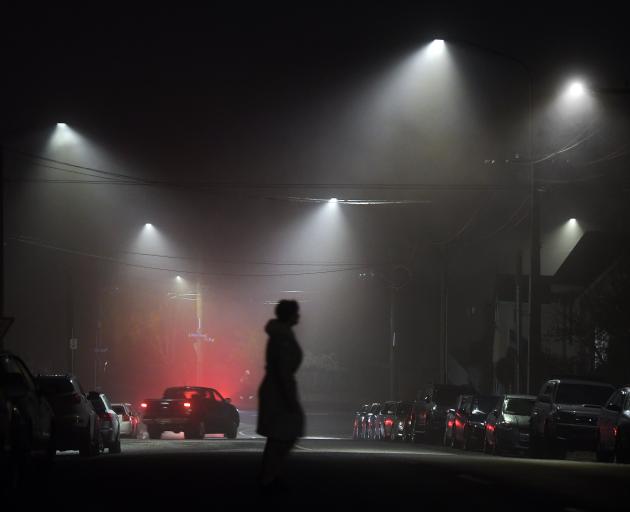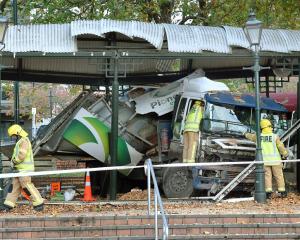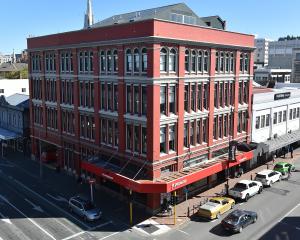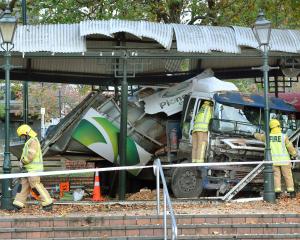
Council group transport manager Jeanine Benson said contractors had fewer than 200 lights left to install, from a total of 13,700.
Work was on track to finish by the end of this month.
The total number had been refined as the project progressed.
"Some heritage lights in the central city haven’t been upgraded, and no decision has yet been made on what will happen with them.
"There are also some lights inside private development sites still to be replaced, and we’re working with developers on plans for those.
"Other remaining high-pressure sodium lights are in locations that are either hard to access, inside council car parks or at pedestrian crossings."
Work had proceeded with no major issues, she said.
"The replacement of lights close to high-voltage power lines has been a challenge, but our contractors have performed well."
The NZ Transport Agency was funding 85% of the project cost.
Comments
So now we have a COLD looking city as well as a cold city. They should have used the warmer looking lights in the southern cities, especially a heritage city like Dunedin.
Cannot wait for Forbury Racecourse to close…it lights up all of South Dunedin when racing is on..
Missing floodlit Carisbrook. Nothing like the illuminations.
Excellent, we'll receive a rates reduction then as LEDs use significantly less power, require less maintenance and last considerably longer. Tuis anyone?
Bright LED lights with white and bluish hughes are capable of affecting local wildlife “as much as the midday sun,” scientists have warned, and are leaving some species especially vulnerable. Research has found that the light emitted from LED bulbs with white and bluish hughes are three times more disruptive to local wildlife than LED bulbs with other hughes such as amber, green and yellow. Nocturnal animals and migrating birds could have their predatory or breeding behaviour affected by these lights.
I love the look of these lights, especially in the foggy evenings.
Some intersections you think a vehicle is coming so you sit there waiting, waiting then you go hoping it wasn't a vehicle coming around the corner....
Despite good intentions by the council, these LEDs have failed to deliver improved illumination.
Rather, they have significantly worsened safety, visibility, and navigation.
There are legitimate reasons why such LEDs are unfit-for-purpose.
While the DCC were made aware of these drawbacks via various submissions, as with other councils in NZ, they were in a bind. The NZTA offered a substantial subsidy which meant committing to installing harsh and glary, white LEDs.
Thankfully, the DCC made a special business case for 3000 K (instead of the originally planned 4000 K), and it also approved
PC amber 2200 K LEDs in some areas of Dunedin, to protect ecology, the nocturnal landscape, and the night sky, which is to be commended.
However, until the NZTA steps up to improve its guidance and includes fit-fit-purpose LEDs on their m30 list, councils will continue to be burdened with unsafe, costly, failed LED retrofits.
Also, although the LEDs are fully cut-off, due to the light-scattering effects of shorter blue wavelengths of light, these LEDs worsen light pollution in cloudy, misty, and wet weather (a common occurrence in Dunedin), as seen in the feature photo.












